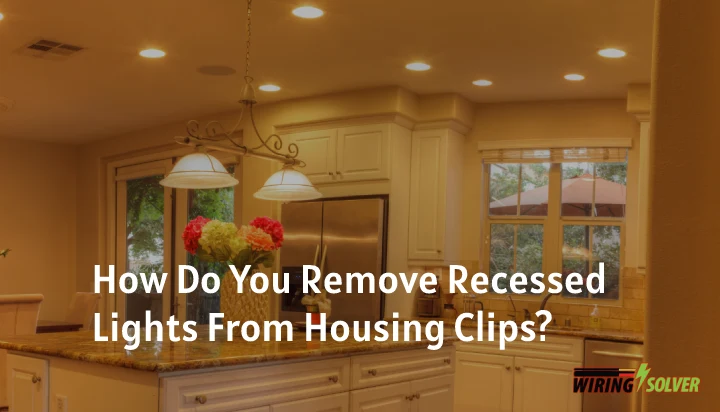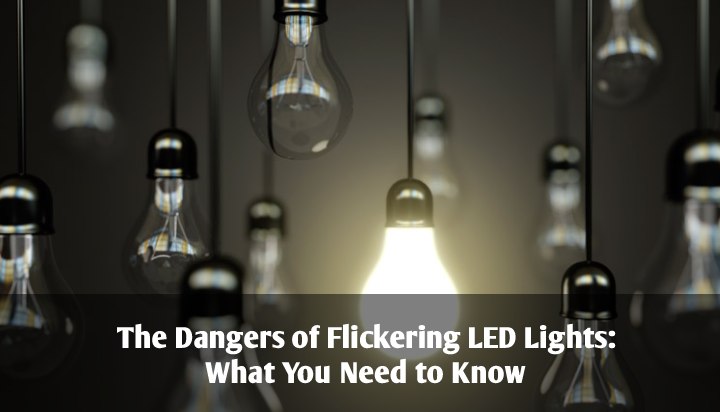Homeowners may often find that their led ceiling light stopped working all of a sudden. But he may notice that the sockets do have power in them. How to solve this issue of led light not working but has power?
There are quite a few issues that may cause the light bulb to stop working suddenly. For example, it may be an issue with the light bulb itself, as they are known to burn out frequently. Or it could be that the socket tab got flattened, and it’s not making contact with the light bulb.
Whatever the reason may be, in this article I will go over all of the causes behind the light bulbs not as well as provide solutions for them.
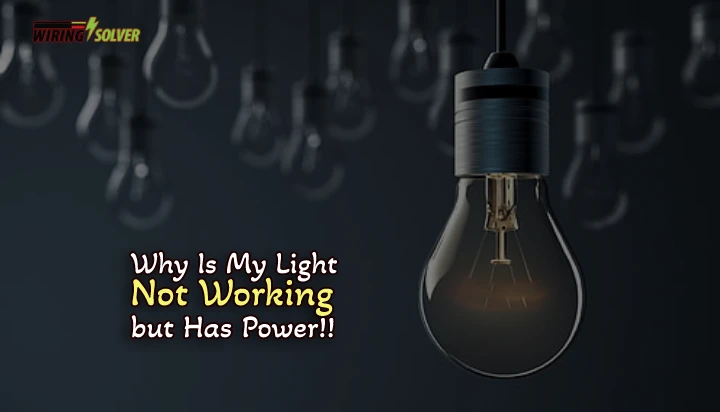
What Can Cause a Light Bulb to Malfunction?
As mentioned previously, there may be several issues that can cause the lights to malfunction. Such as the light, the connection, or the wiring. So, why did my led lights suddenly stop working? Let’s take a look below.
Burnt Light Bulb:
A common cause behind a light bulb not working is a burnt-out light bulb. Light bulbs can get damaged due to several reasons. Such as:
- Power surges.
- Cheap quality materials.
- Overheating bulbs may also burn out soon.
- Turning the bulb on and off too often.
- Higher voltage than the bulb can handle.
- Dimmer switches that aren’t compatible with the bulb.
- If the light bulbs are loose or improperly connected to the fixture.
These are some of the reasons that may cause a light bulb to burnt out and stop working. So, if your LED light stopped working, there is a possibility that it could have burnt out.
Sometimes connecting multiple led lights to one switch can also cause problems if the power supply is not enough.
Flattened Tabs on the Fixture:
With prolonged use, the tabs on the light fixture may get flattened and thus fail to contact the bulbs properly. Which could cause power to not be supplied to the bulb.
Sometimes using the wrong sized bulbs on a fixture or socket may also lead to such an issue. So, if you have this issue of the LED light not working but has power, it could be due to a flattened tab on the light fixture.
Dimmer Switches:
Dimmer switches work by reducing the average voltage being supplied to a device or electrical equipment. Similarly, light bulbs and other electrical equipment require a certain amount of voltage to operate properly.
If the supplied voltage is anywhere below that limit, the equipment or the light bulb will refuse to work. This is why it is necessary to make sure that your dimmer switches are compatible with your light bulb.
Neutral Feedback/Broken Neutral:
Feedback is a condition where voltage is applied to a conductor or related device after it has been disconnected from its normal source.
Which could give you the illusion that there is power in the fixture, while actually there is no power being supplied to the fixture at all.
The other cause could be an open/broken neutral. An open neutral means the neutral wire in a 120-volt circuit in your house is broken.
If the neutral wire breaks, the circuit becomes incomplete. Because no electricity can return to the panel to create the closed loop.
How Do You Fix Lights That Won’t Turn On?
Depending on which issue is causing your light bulbs to malfunction, there are a number of solutions that you could try to fix the issue. They are as follows.
Replacing the Light Bulbs:
If the lights have been burnt out, you have to replace the light bulbs. To check whether the light bulbs are okay or not, equip them with a separate light fixture from around your house that is known to work properly.
If the light bulb does not work, it is most likely burnt out. Therefore, it needs to be replaced. But before you get a replacement, you need to make sure of a few things.
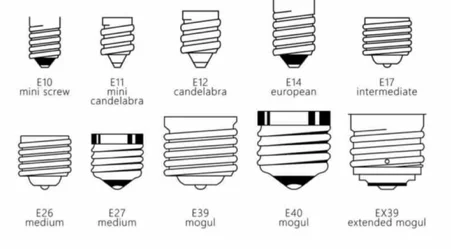
- The voltage supplied by the fixture is compatible with the light bulb.
- Make sure that the light bulb base (Fig 1) fits accurately in the socket.
- Before attaching the light bulb, make sure that the dimmer switches are compatible with the light bulb as well.
- Also make sure, that adding the light bulb does not add any stress on the circuit on which the fixture is situated.
Fixing Flattened Tabs on the Fixture:
As discussed previously, flattened tabs could also cause a gap to be present even after attaching the light bulb to the fixture.
In such a case, there are two solutions. You could try to fix the tabs to get them back to their previous position. Definitely make sure that the power is turned off before attempting this.
However, as this could be a dangerous fix, as well as being a less permanent one, it is advised to go for the second option. That is to replace the fixture entirely.
As light fixtures do not usually cost much, you could easily get a replacement fixture for your light bulb. Not to mention that it is also pretty easy to wire a light bulb fixture as well. If you want to add lighting to a room without wiring, that is also possible.
Addressing Issues with the Wiring:
Neutral feedback and broken neutrals could give you the false assumption of having power in your outlet or socket. However, fixing it could turn out to be quite tedious and require a bit more skill. As well as a few extra pieces of equipment.
In case you have encountered such an issue, it is better to get a professional electrician to get a look at your system. As these could be very dangerous and are potentially harmful to your entire circuitry.
Summary
If you were wondering how to solve this issue of led light not working but has power, I hope that this article has helped you through it. Any issue regarding the light and fixture should be resolved.
However, there may be other deep-rooted issues that may be causing the problem. If you fail to identify the cause, feel free to contact a professional electrician.

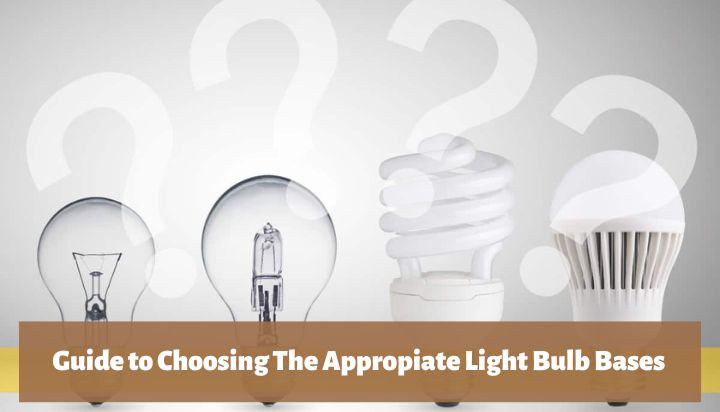
![Fluorescent Light Is Flickering [Cracked The Fix!]](https://wiringsolver.com/wp-content/uploads/2023/02/Fluorescent-Light-Is-Flickering.jpeg)
![Half LED Strip Lights Not Working [Troubleshooting & Fixed]](https://wiringsolver.com/wp-content/uploads/2022/05/why-are-half-of-my-led-strip-lights-not-working.jpeg)
![How to Fix Hole in Ceiling from Light Fixture? [Full Guide]](https://wiringsolver.com/wp-content/uploads/2021/09/How-to-Fix-Hole-in-Ceiling-from-Light-Fixture.webp)
